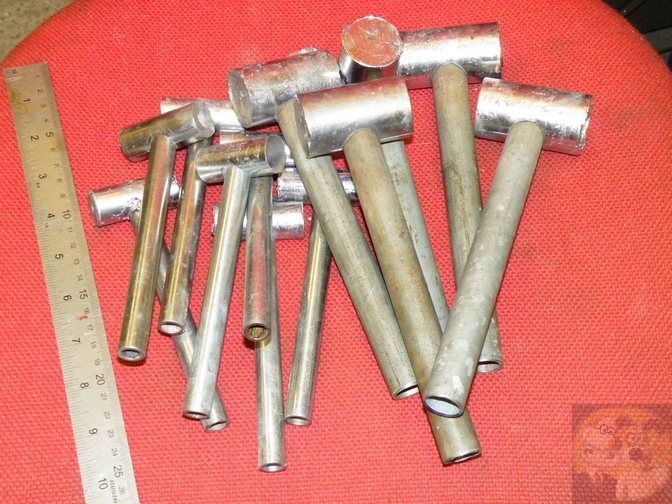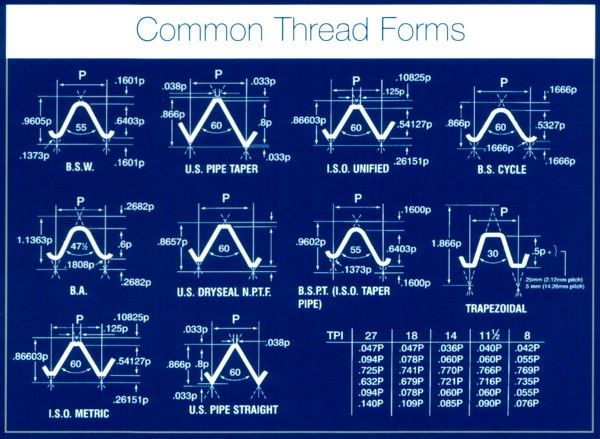Hello everyone,
Although a did a short stint with model ship building, I've done some more work on the radial.
I was a bit frustrated with threading, I put it aside for a while. I finally committed and have twelve valve guides. I'm on the fence about using them right now but I'll consider it more when I get to the heads.
View attachment ImageUploadedByModel Engines1469149936.660717.jpg
I drilled and tapped a 1/4-28 hole into a block of aluminum, the guides were threaded in, located and drilled at .120" and reamed to .125". I still have to rechuck the valves and remove about .0015".
I started working on the crankshaft. It began with a 7/8" 4340 plate sawn to shape.
View attachment ImageUploadedByModel Engines1469150116.444968.jpg
View attachment ImageUploadedByModel Engines1469150146.525101.jpg
View attachment ImageUploadedByModel Engines1469150183.113081.jpg
View attachment ImageUploadedByModel Engines1469150200.555022.jpg
I left each section except the threaded section over by .002", .001" to sand out a slight taper that I couldn't seem to dial out, the other half for after heat treating. It still needs threading for the prop nut, gear pin and counterbalance mounting threads.
I ordered 12" by1.75" 7075 for the cylinder sleeves. I chopped it up with a portaband.
View attachment ImageUploadedByModel Engines1469150414.779433.jpg
View attachment ImageUploadedByModel Engines1469150438.141517.jpg
Lastly I've been doing some work on the rockers. This time I left excess that will be removed on the rotary table.
View attachment ImageUploadedByModel Engines1469150505.108696.jpg
View attachment ImageUploadedByModel Engines1469150557.710183.jpg
I've been using the wiggler to locate holes for drilling, line it up and dimple the metal. Compared it to my scribe marks and adjust. It's the best luck I've had drilling accurately located holes.
View attachment ImageUploadedByModel Engines1469150679.113189.jpg
View attachment ImageUploadedByModel Engines1469150696.287980.jpg
Next they'll go on a mandrel on the lathe to turn down the side bosses. These are rather complicated parts to me so it's taken a while for me to come up with the order of operations.
Lastly I got myself a new toy. I was stressing about the larger parts to make, having the crankcase and cam cover pieces cut to length I was thinking about getting a larger chuck, though that still doesn't help with future projects.
View attachment ImageUploadedByModel Engines1469151041.550109.jpg
I know it's not old iron, but I couldn't stand to have the lathe stick so far out with my limited space and I had gotten comfortable with the mini-lathe. It's a 10"x22" grizzly variable speed, $1300 from Craigslist, never used and still in the cosmoline. He had the qctp for it, tailstock chuck, a bunch of lathe bits and factory 3 and 4 jaw chuck and faceplate. I have to wait until I can finish off the basement to use it, but it'll be there waiting for me.
That's all for now
Kyle


